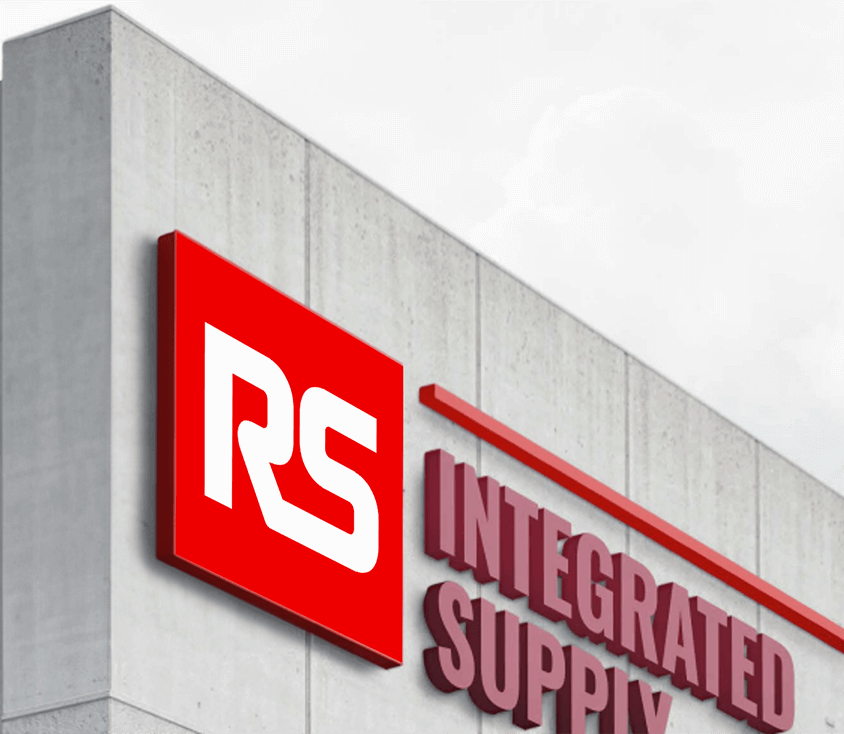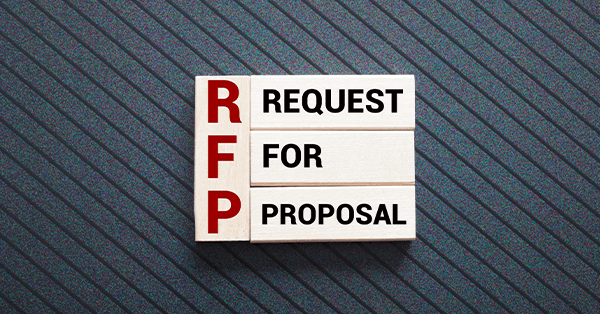Published on
Read time: 5 minutes

Organizations looking to improve the management of their maintenance, repair and operations (MRO) supply chain often issue a request for proposal (RFP) to identify the options. An RFP allows a business to assess responses from different service providers to the same set of questions. “The objective is to standardize information,” says Chris Martin, Head of Business Development for the UK and Europe at RS Integrated Supply. “The company issuing the RFP wants to compare apples to apples.”
Here we explore four ways for organizations issuing an RFP for an MRO integrated supply program to get the most out of the exercise. How can you optimize your RFP to ensure you find the best possible solution for your firm’s circumstances?
1. Define the scope
Begin by clearly identifying the project’s objectives and goals. “Define the scope,” says David Dunn, Senior Manager for Sales Operations at RS Integrated Supply. What do you want to achieve? Programs need defined, measurable and quantifiable aims, whether that’s reducing costs, improving agility or introducing technology.
“The biggest obstacle for RFPs,” he continues, “is not really understanding what you want, so sharpen your expectations. Define what you are looking for and how you can ask for it.”
Be clear about your objectives and as transparent as possible about your current setup. “Include in your RFP any information that can help respondents put the most suitable solution together,” advises Martin. This could include data such as detailed spend information, the number of transactions and invoices, spend per commodity, site locations, and inventory movement. “This allows us to share the most appropriate services for your company and explain why these will deliver the biggest benefits.”
2. Focus on value over price
While cost is always a factor, avoid making it the only consideration in your RFP. Why? Because doing so ignores other ways that integrated supply providers can introduce savings.
“There is a transactional benefit to outsourcing procurement,” explains Martin, “and you eliminate the time previously dedicated to MRO procurement. We can also put in place systems integration, storeroom management, and inventory optimization. These all add value.”
Shifting focus from price to value makes market baskets less effective as an evaluation tool, but Martin questions their utility anyway: “They don’t drive efficiencies or long-term savings for a business because prices will always rise again – neither do they reduce transactional load or build relationships with suppliers that can introduce further value.”
There are other reasons for reducing the emphasis on market baskets in RFPs, says Simon Hilton, Senior Vice President for Business Development at RS Integrated Supply. “Market baskets are useful for small scale capex projects where you’re buying a limited number of specific items,” he argues, “but they are not necessarily representative of MRO purchasing because only a small percentage of items are repeat buys. Plus, the data is often poor, making it hard to quote a like-for-like product, and the length of the RFP process means the prices aren’t valid by the end of it.”
3. Be open to ideas
“An RFP can completely miss the mark if it doesn’t ask the right questions,” warns Dunn – and the right questions allow respondents to share their experience and expertise.
“When RFPs are too prescriptive, saying they want a specific solution, the issuer limits the opportunity to explore alternatives that they might not know are available,” explains Hilton. “For example, one of the key services that we provide is cleansing and standardizing MRO data. Our clients find this incredibly useful but virtually no one asks for it. Although they may know their data is poor, they won’t think of solving the problem, but we will because doing so provides insights into the issues we’re trying to address such as the quality of what they buy, the frequency, quantities in stock and levels of duplication.”
“An RFP can provide an opportunity for businesses to discover solutions that they were not aware of if they look beyond the products that they wish to get supplied,” he continues. “While an RFP may ask about your emergency capabilities because the firm has a lot of emergencies, and you can score well by saying you can call us 24 hours a day, but that doesn’t solve the problem. How do you get to the root cause and address why they are having a lot of emergencies? With better stock management, better inventory optimization and multiple sources for the same product, allowing you to plan purchases and reduce risks in the supply chain. It is this broader supply chain management capability that typically gets overlooked in RFPs.”
4. Involve other stakeholders
Arranging walkthroughs where potential respondents meet your teams on a one-to-one basis can help to ensure that their needs are accounted for in proposals. “When you do a walkthrough at the facility, you get to really see what their current process is,” observes Dunn. “You get an opportunity to ask lots of questions and hear from different people in the plant outside of those issuing the RFP.”
“The ideal RFP would include the chance to meet the maintenance and engineering teams on site, to learn more about what their challenges are and be able to put solutions to these challenges in the RFP documents,” agrees Martin. “It’s even better if they are also involved in creating the RFP. These are the people working with the current MRO procurement setup every day and they know about the issues on site. Listen to them, understand their problems and go to market trying to resolve these too. You can then run an RFP that solicits detailed propositions designed to meet your specific business needs. In my experience, this collaborative approach delivers the best results.”




